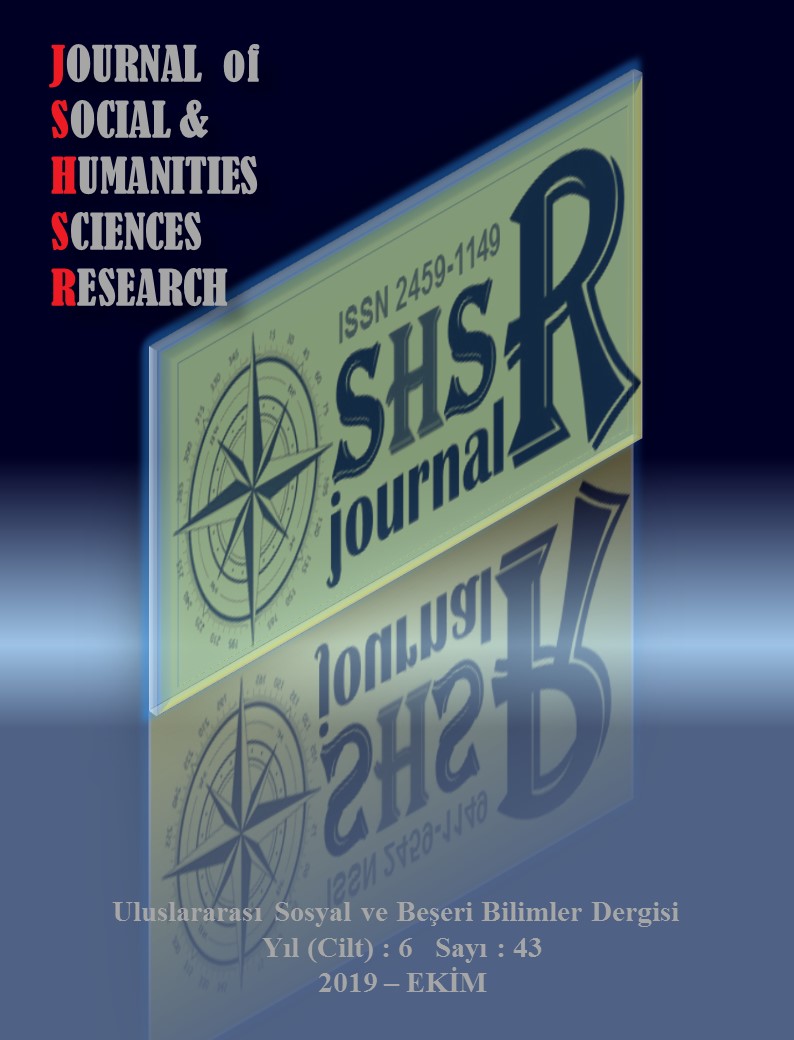MULTIPLE APPROACHES TO UNDERSTANDING
DOI:
https://doi.org/10.26450/jshsr.1467Keywords:
Charles M. Reigeluth,, Howard Gardner, Multiple Intelligence, UnderstandingAbstract
In 1983, Howard Gardner mentioned Multiple Intelligence Theory for the first time in his book ‘Frames of Multiple Intelligence’. He criticized intelligence test and approaches that only evaluate intelligence on the basis of verbal and numerical skills. In his 1999 study, ‘Intelligence Reframed: Multiple Intelligences for the 21st Century’, he described intelligence as ‘the biopsychological potential that enables the processing of information used the create valuable products and solve problems in own culture’. According to Gardner, since the twentieth century, understanding in education and psychology, which considers intelligence as the sum of the verbal and numerical abilities of the individiual, has needed a radical reform. Because intelligence is the integrity of multi-dimensional mental capacities rather than being a one-dimensional phenomenon (Armstrong, 2003). Multiple Intelligence Theory is an important theory in terms of educational sciences, teaching strategies, adaptation to curriculum and evalution of learners. The main purpose of this theory is to encourage benefiting from learners’ intelligence differently. Howard Gardner’s Multiple Approaches to Understanding from the book Instructional-Design Theories and Models Volume II: A New Paradigm of Instructional Theory (1999), edited by Charles M. Reigeluth, has been translated into Turkish for publication. It is thought that the understanding of Multiple Intelligence Theory which constitutes one of the foundations of the philosophical paradigm change in Turkish education system in 2005 can be a guide for the experts and educators in the field.
Downloads
Published
How to Cite
Issue
Section
License
Copyright (c) 2019 INTERNATIONAL JOURNAL OF SOCIAL HUMANITIES SCIENCES RESEARCH

This work is licensed under a Creative Commons Attribution 4.0 International License.


